Co-Founded BookMyPainting and grew it to 30L+ ARR in college
Introduction
In November 2016, I co-founded BookMyPainting with my close friend and then college batchmate, Harshit Soni and scaled it to 30+ Lakhs ARR within a year. This is the story of that journey.
The idea was simple: You send us a picture of someone you love, and one of our talented artists will create a realistic portrait of that person and deliver it to wherever your special person lives, India or abroad.

In just one year, we grew from zero to 30 lakhs in revenue. By the time I exited the venture, we had a network of over 50 artists across five different art mediums.
This is the story of that journey.
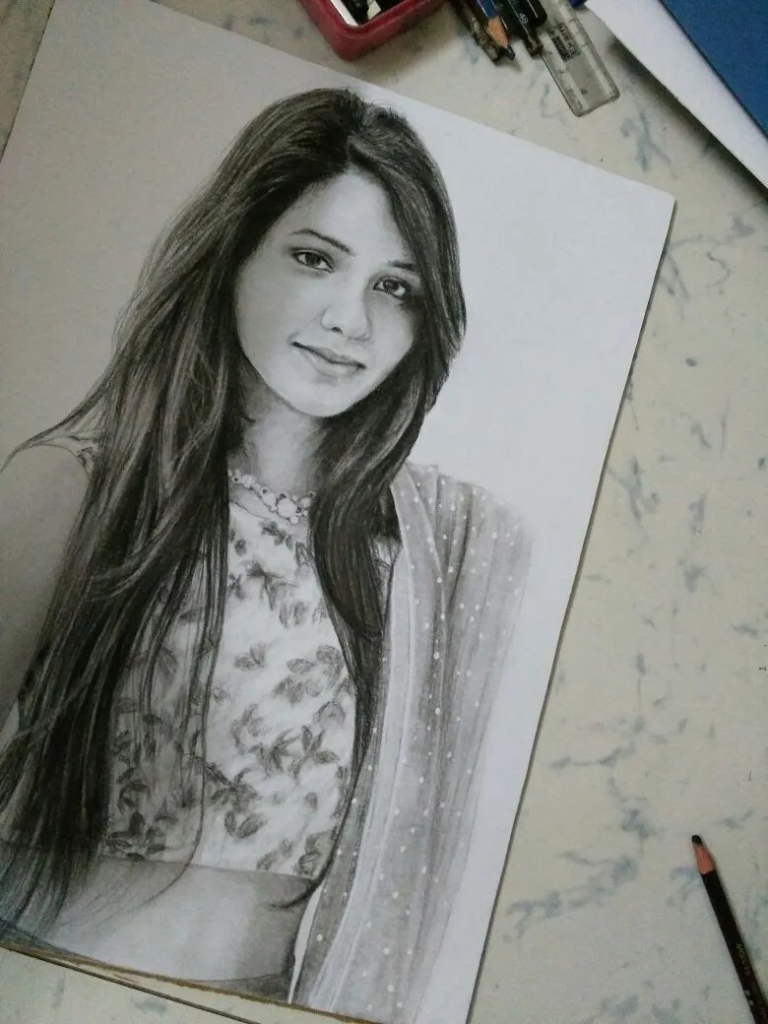
One of the portraits we’d shipped
Customer Journey

Before we deep dive into this, here’s a summary first:
| Customer Journey | Description | |
|---|---|---|
| 💰 | Pricing | Our AOV was 2500 in Indian orders with a profit margin of 30-35%. For international orders, the AOV was 12.5k but the costs remained almost the same in absolute terms, leading to extremely higher profit margins |
| 🥅 | Acquiring customer leads | We positioned handmade portraits as an affordable, customized, and more meaningful gift option compared to conventional gifts. Our leads were primarily sourced through content marketing and organic SEO. |
| 🛒 | Placing an order | Customers could place orders through our website, Etsy, and other e-commerce portals. Each platform allowed customers to upload a picture with their order, which we used to create the customized portrait. |
| 🧑🎨 | Acquiring artists | India has an abundance of talented artists, but a lack of good opportunities for them. From the start, artists reached out to us with their portfolios, seeking work. We selected the best ones to join our network. |
| 🔍 | Allotting an artist | Artists were assigned based on their expertise in the relevant art medium, the time needed to create the portrait, and the delivery time from the artist’s location to the final address. If these factors combined to meet the expected delivery date, the artist was allotted the project. |
| 👓 | Timely quality checks | As the artist made progress on the portrait, a senior art specialist monitored their work through photos and provided constant feedback to ensure high quality. This process ensured the final portrait met our standards and customer expectations. |
| 📦 | Packaging | To keep costs down, we offered two packaging options: 1. Rolling the portrait and sending it in a plastic tube, similar to those used by architecture students for carrying project sheets. 2. Placing the portrait on an MDF board, securing it with strings, and wrapping it in gift wrap. |
| 🚚 | Delivery | To minimize delivery costs, we partnered with Shiprocket, a courier aggregator that collaborates with companies like FedEx and Blue Dart. Shiprocket offers higher volumes to these partners in exchange for cheaper rates, which are passed to its customers like us. |
| 🔮 | Future scope | Over time, we launched a new product category: pet portraits. We also had plans to expand into customized character art for RPGs like Dungeons and Dragons, other handmade gift items such as quillings and bobbleheads, and customized digital art, although we did not get around to executing these ideas. |
Complete Deep Dive
Now, let’s dive deeper into each part of the business in detail
💰 Pricing:

The price of a portrait was determined by several factors:
- Size of the portrait
- Number of people/subjects in the portrait
- Art medium
- Delivery location
For orders placed in India:
- The average order value (AOV) was approximately ₹2,500.
- Charcoal portraits were the most commonly ordered art type.
Average Order Breakdown:
- Profit Before Tax Margin: 30-35%
- Packaging and Delivery Costs: ~20%
- Artist’s Commissions: The remaining percentage
For orders from outside India:
- The AOV increased to as much as ₹12,000.
- Artist’s commissions remained the same in absolute value.
- Delivery costs were slightly higher compared to domestic orders.
This pricing structure led to substantial profit margins of over 60-70% per international order.
🥅 Acquiring Customer Leads:
We quickly realized that positioning our product as a gift option was more effective than as a work of art. Despite a strong appreciation for art in the country, people were generally unwilling to spend money on commercialized art.

Our products became especially popular as gifts among couples. We also saw a significant number of orders for family portraits, portraits as gifts for parents and memorial portraits of recently deceased loved ones.
To find the right marketing channels, we turned to social media. Running ads was out of the question due to budget constraints, so we focused on content marketing and SEO. Neil Patel’s articles on on-page and off-page SEO were invaluable, and we created a checklist of SEO items to implement on our website and content. Even today, I consider Neil Patel’s articles the best resource for learning SEO from scratch.
Quora was a key platform for us. There were many questions about gift suggestions, so we started writing answers with subtle plugs for our products. Balancing genuine gift suggestions with promotion was crucial. Back then, Quora’s algorithms were more lenient towards promotional content disguised as answers.
Here’s an example of an answer I wrote through Harshit’s Quora account:

Link:
Here is a guide I wrote for our interns on marketing through Quora back then:
Both on-page SEO and Quora proved effective, and we quickly saw results. We ranked among the top results for keywords like “Handmade Portrait” on Google in India. We hired a group of content writing interns at low rates through internship platforms, providing them with a guide on writing Quora answers. Soon, orders began flowing in through Quora as well. At our peak, we had 4-5 interns consistently writing content for us on Quora.
As these channels stabilized, we explored other avenues. With our SEO knowledge, we registered on e-commerce portals and optimized our listings. While Amazon wasn’t very successful, Etsy was. Orders started pouring in organically, and over the years, Etsy became our largest revenue channel, opening us up to global orders.
Leveraging our content writing resources, we expanded our blog with articles targeting various keywords.
Here’s a folder of some blog articles that we got written through our content writing interns back then:
We also formed B2B partnerships with websites like Giftcart and other top handmade e-commerce sites. We provided them with the capability to deliver our products while they used their high traffic to drive orders.
At one point, we received a bulk order for over 500 corporate gifts from an MNC. Unfortunately, we had to decline as we lacked the number of artists needed to deliver high-quality portraits within the given timeframe.
Although I had marketing experience, working with Harshit on BookMyPainting’s marketing laid the foundation for my digital marketing skills. I loved the challenge of projecting a product in a desirable way to potential customers. Our scrappy approach introduced the additional challenge of creating zero-cost or low-cost channels to drive impressions, clicks, and orders.
🛒 Placing an Order:
Once the customers were on our website, getting an order placed was another mini journey of its own.
Here are the steps involved:
- Choosing an art medium
- Choosing the right size
- Sharing a photograph of the subject
- Sharing customer details
- Sharing delivery details – Address and expected date of delivery
- Making payment
To start with, we created a simple website with a basic form to collect only the customer details and art medium. You can view the website here:
https://web.archive.org/web/20180317215823/https://smilemiddle.com/
Quick Sidenote: We started out with the name SmileMiddle
Here’s a video of the old website’s experience:
Once a customer had filled their details, I would call them and discuss their requirements. The pictures were shared over email.
Later on, we moved to a fancier website that was built with shopify integration. This enabled us to have an end to end automated order placement journey, without requiring any manual intervention.
The new website is now available on:
It’s built using Shopify in the backend. Here’s a video of the new website’s experience:
The step involving photograph was extremely crucial. Customers would usually have a specific picture in mind, based on a personal memory. But an artist would need a good quality HD picture to work with. Often, those two weren’t the same picture. We’d have to nudge the customer to consider other pictures. Another factor while choosing pictures were visibility of facial features. The hair need to be in their place, the eyes need to be clearly visible. When you’ve to paint something that’s an exact copy of the original, you need the original to be as detailed as possible.
Here’s a document of image guidelines we would share with the customers back then:
For payments, we had taken an account with Instamojo. Shoutout to them, they were truly the enablers of digital commerce for even the smallest of startups like ours. I had rooted for them and hoped they would cross Razorpay someday, alas that didn’t happen.
For international payments, we had PayPal.
These payment gateways charged their own commissions on top of the transaction value, and we would levy these charges on the customer while making the payment.
🧑🎨 Acquiring artists
Our first artist was actually another college batchmate who lived in the basement of our hostel, close by to Harshit’s room.
We were lucky to find a friend for this role, because it helped us closely understand the psyche of artists, what value we could provide them and what problems they faced.
Our core value proposition to artists was: Earn money for doing something you love!
India has way too many talented artists that have given up on their art skills purely because they couldn’t find a way to sustain their life purely based on art. These people can be found working as Designers, Analysts and other jobs.
Working for BookMyPainting was an outlet for these people to meaningfully pursue their hobby and also make an income from it. While most of our artists were also full time artists, some of them were also full time employees at their own workplace.
To find these artists, we scoured facebook groups, whatsapp groups and targeted alumni groups of known art colleges. It wasn’t as difficult though, because once we started spreading the message, people started reaching out on their own.
Any artist that approached us, was required to share their overall portfolio and highlight portraits in them. Our friend who was the first artist, now had moved to becoming a QC for artists full time. He would check people’s profiles and their artwork and deem them worthy / unworthy of joining the platform.
To build a final level of trust between us and the artists, we would pay the artist a 50% advance when we give them a customer’s order. However, we also said that there’s no guarantee that the portrait will for sure be sent to the customer, so if the quality wasn’t satisfactory, it might just get left behind with the artist themselves. This maintained a balance of trust between the two parties.
🔍 Allotting an artist:
Allotting an artist depended on multiple factors:
- The skill level of the artist → This was important as a qualifying parameter, but it also ended up helping to decide who to choose in case two options seemed quite close.
- The past track of the artist in making portraits → Aside from art, the second most important skillset required to make an artwork is discipline. Often, artists lacked these. So proven artists that had previously worked with us in making portraits were preferred.
- Production time – Depending upon the artist’s skill sets and availability, we would have a clear estimate of the amount of time it would take for the artist to make the portrait end to end.
- The location of the artist and the customer – Once the art was completed, the time required to deliver was the only time left until the portrait reached the hands of the customer. We aimed to reduce it to the max. Same city artists provided us the opportunity to give same day deliveries. With cities like Mumbai and Bangalore this was possible. Next, metro to metro or tier 1 to tier 1 routes provided us the chance for next day delivery or at max, have it delivered within 2-3 days. Anything else was mostly a 5-7 day delivery TAT.
- Exploring new artists – This was the standard hiring a secretary problem. Do we explore more artists or exploit the benefits of using the same trusted artist. We resolved this with a decision that we will try to give at least 1 in every 10 orders to a new artist to see their work. Doing this helped us remain constantly in surplus of good artists’ availability.
Based on all of these parameters, a final delivery date was calculated for any potential artist and anyone who fell outside the expected date was eliminated. The ones falling within the delivery date were kept.
In the end, like any other place, the 80-20 pareto applied here too. A handful of our select artists were the ones making most of our portraits.
👓 Timely quality checks:

The value of doing these checks, or the requirement of it was:
- It helped us keep in touch with the quality of the artwork and our senior artists could spot any potential errors made in the painting which could be an issue later on.
- More importantly, it helped us understand if the artist was actually working on the portrait and if the artist would finish within time.
At some point, we started contemplating if we should involve the customer in this process and start giving visibility of the artwork to the customer. The possible scenarios then would be:
- If customer has paid in advance completely, they might ask for a refund after seeing the portrait midway
- If customer has requested a COD, then they might refuse to accept delivery
Also, we found out that the joy of unboxing the portrait dropped significantly when a customer was sent a half-made picture. Somehow, knowing how a magic works, reduced the enjoyment from that magic. So we decided to go against it.
📦 Packaging:
I gained a lot of respect for those packaging engineering students as I solved for the right packaging for these portraits. The challenge was to find something that:
- Was light weight so it didn’t shoot up the cost of delivery
- Was cheap so it didn’t shoot up the price of production
- Was accessible across the country so any artist could easily acquire it and then use it for packaging
- Would survive the tough conditions of transit without getting the paper damaged or the artwork smudged
- Would maintain the structure of the portrait as a flat piece of paper instead of requiring it to be folded or rolled
In the end, we found two solutions:
- The more obvious solution was to roll the artwork into an art – tube, something that architecture students would use to carry their sheets to college. Before doing this though, the art was properly dried and a special spray was put on the art to ensure that smudging was reduced. A butter paper was also kept on the artwork before rolling it to prevent the edges of the paper from smudging the sides. This method was extremely durable and ensured no damage to the artwork. But it caused the artwork to be folded, and we were worried if customers had the capability to turn a folded artwork straight after delivery.
- Fixing the paper on an MDF board and then packing the board with gift wrapper. This method ensured a good unboxing experience but was susceptible to damage and smudging during the delivery. Below is a carousel of how it looked
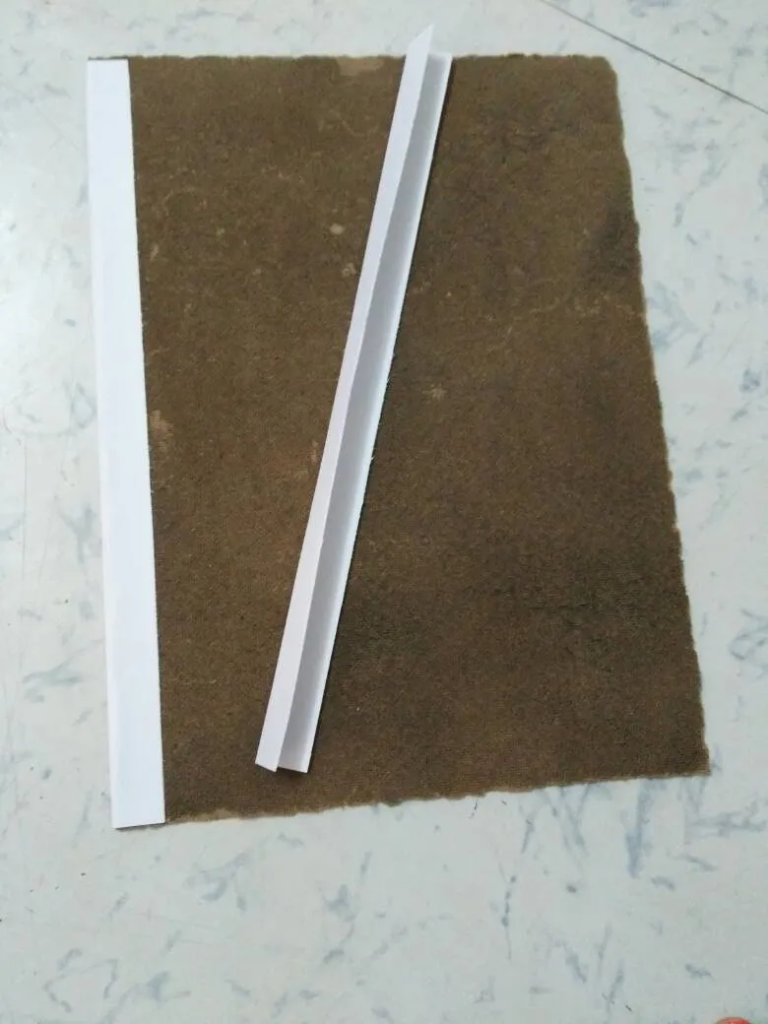
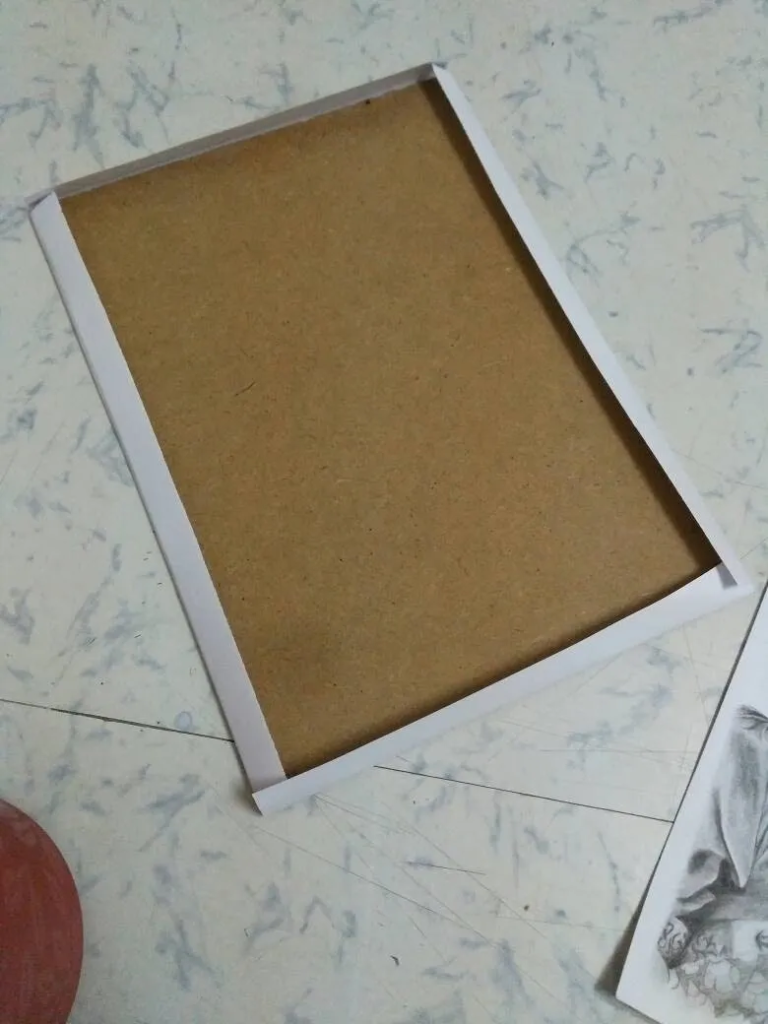
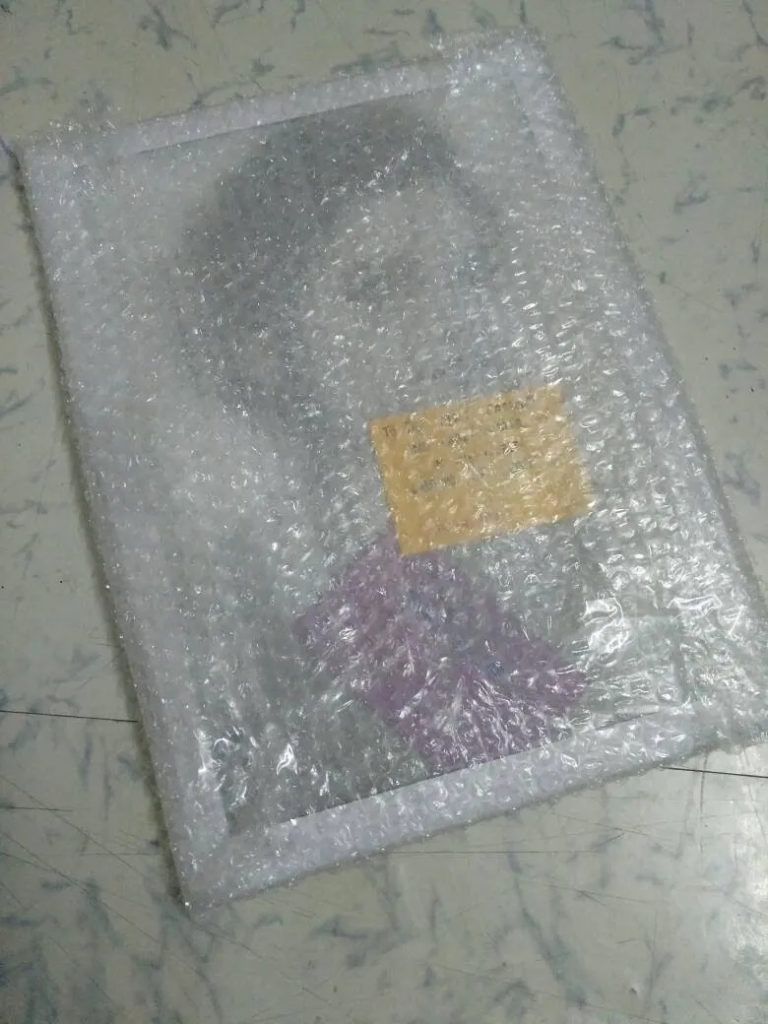
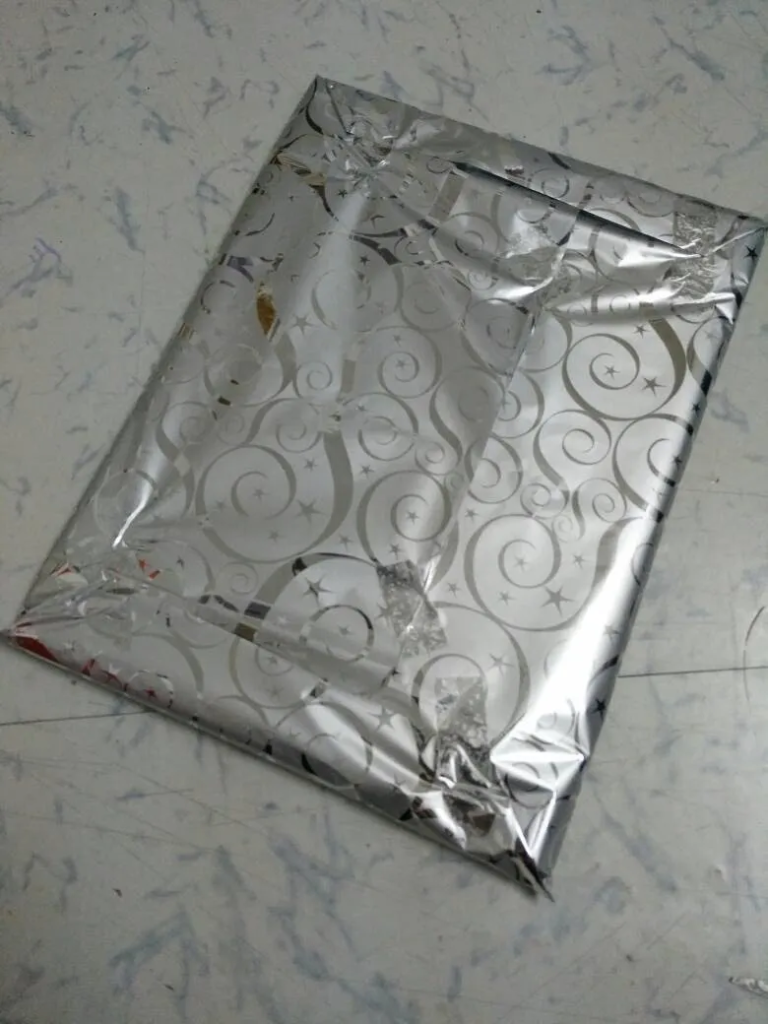
Over the long run, we finally stuck only with option 1.
There was always an option to provide framing upfront for the artwork and then ship framed portraits, but we weren’t interested in developing the capability of doing this, it just wasn’t a very fun idea for us to work on.
🚚 Delivery:
Nothing much to say here beyond what’s already written.
We placed our couriers through ShipRocket. ShipRocket itself is a courier aggregator that takes in orders from many SMEs like ours and then places those orders on the websites of courier services like DTDC, FedEx, etc. This way, it is able to provide cheaper rates to SMEs like ours.
In case a place wasn’t serviceable, we would try to search for it on Delhivery. Delhivery offered better pin code coverage but poorer parcel handling.
Worst case scenario was India Post. There’s no place that India Post doesn’t reach and the parcel remains undamaged too. But there’s no guarantee on the timelines.
🔮 Future scope:
This is the part that’s most exciting to me!
I had to leave BookMyPainting because I wanted a stable income to pay off my education loan. But Harshit continues to run it and makes a decent side income through it.
While he never scaled it and moved on to built other businesses, I am always interested in going back and scaling BMP.
Here are some ideas on how this can be approached:
- Indian Etsy: This idea has been tried and has failed before often. But I personally feel that it can be executed well now. Swiggy has opened something called as Minis – A place with ‘unique finds’ and that model of execution can work here as well
- Art marketplace – Most artists had a heavy supply of artwork other than the portraits. They were willing to list these on a platform and have people buy it.
- Custom art beyond portraits – Caricature is super popular here. Another popular idea is character creation for fantasy games like Dungeons and Dragons. With the developments in AI and tools like MidJourney, this has reduced significantly because people can easily make something themselves now, but there is still volume of demand from potential customers that seek hyper personalization beyond what’s possible through an AI model
- Pet portraits – We did execute this and it went on to be a good revenue driver.

- Niche handmade goods – Bobble heads, Gift boxes, Memory boxes, Love letters, Box of memories or anything that’s custom made and only possible by making it physically comes into this bucket. We had ample creative manpower, just needed to find the right positioning and pricing.

Final Notes:
I had exited BookMyPainting way back in 2019 after completing college.
As of 2024 June, Harshit runs other businesses and I work at a startup as a Product Manager. Right now, it is on auto-pilot, given by Harshit to an executive who runs it end to end.
We continue to keep in touch, always waiting for the next idea to work together again as Co-Founders.